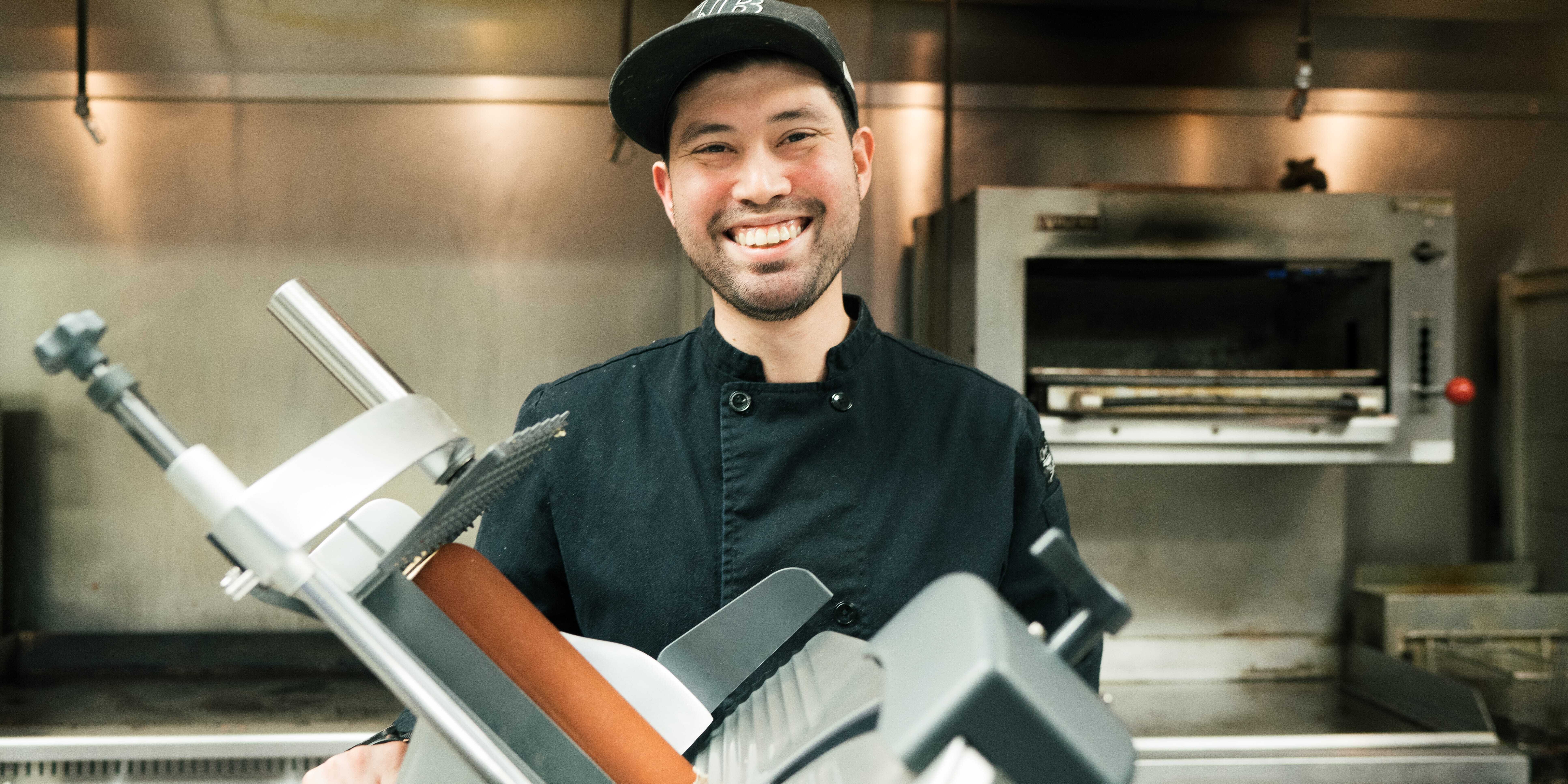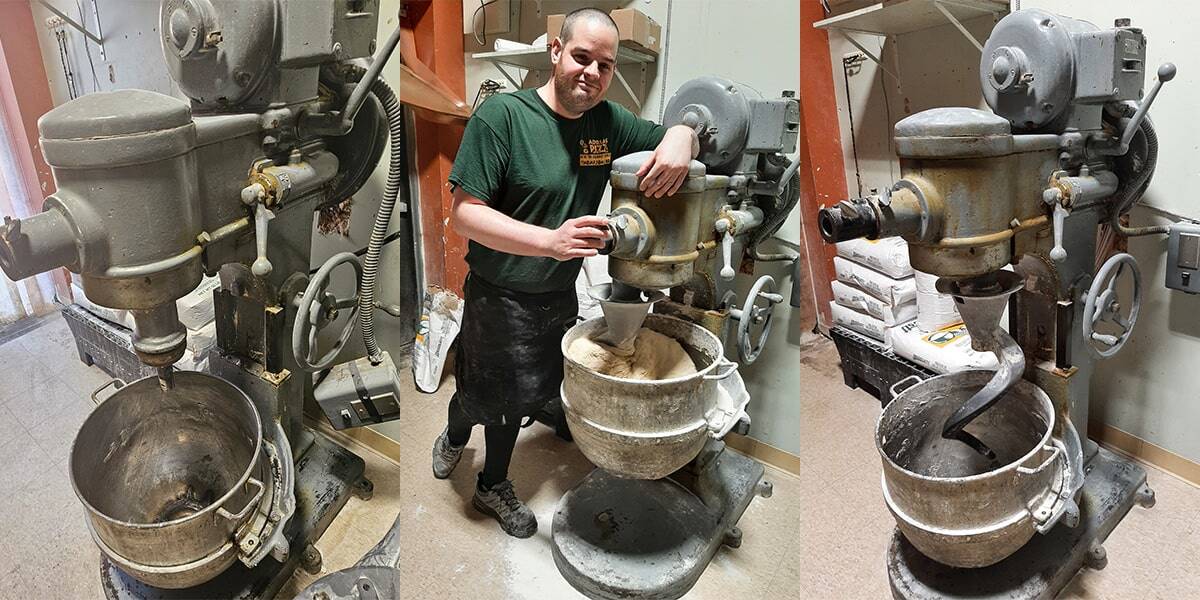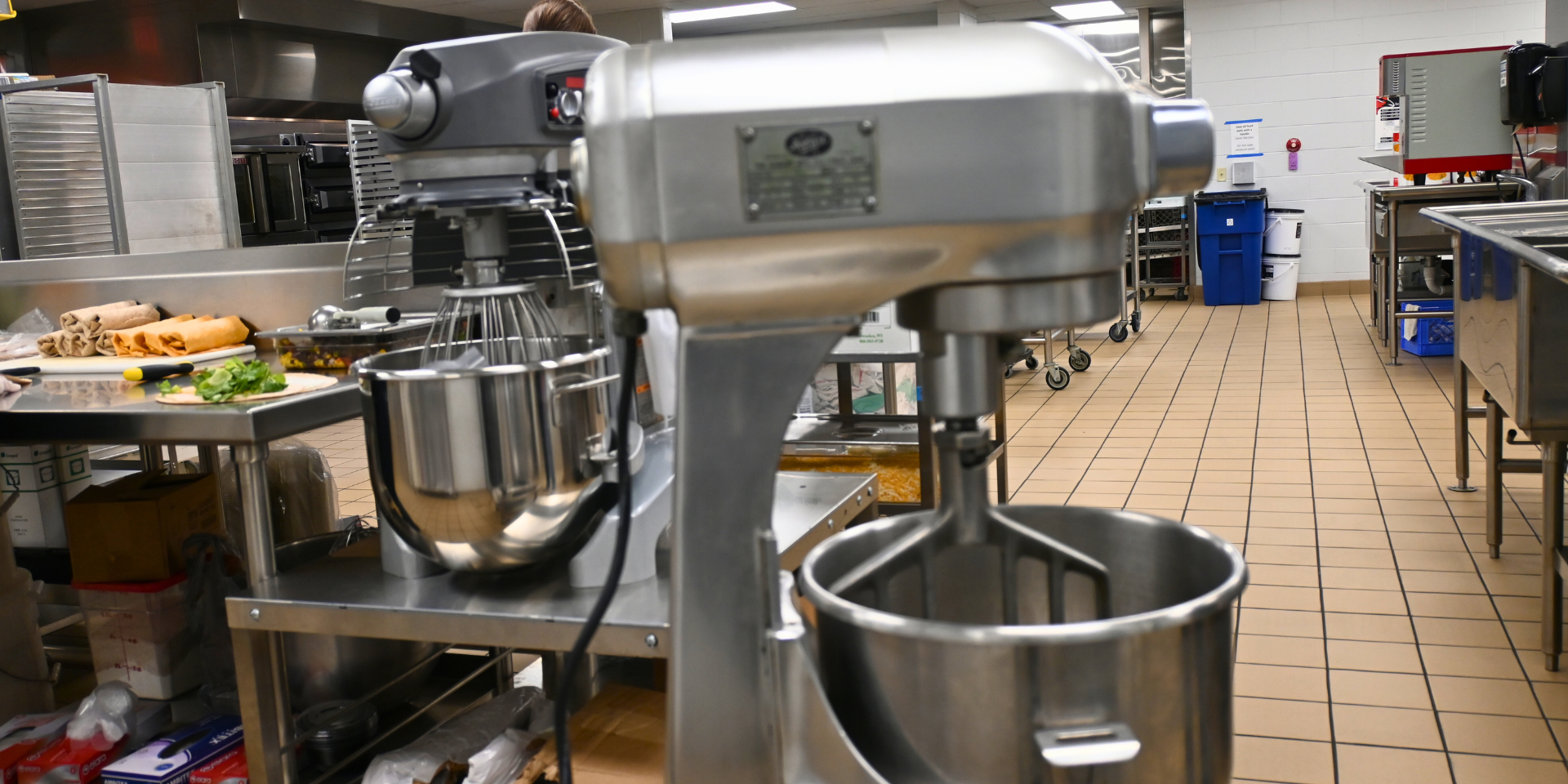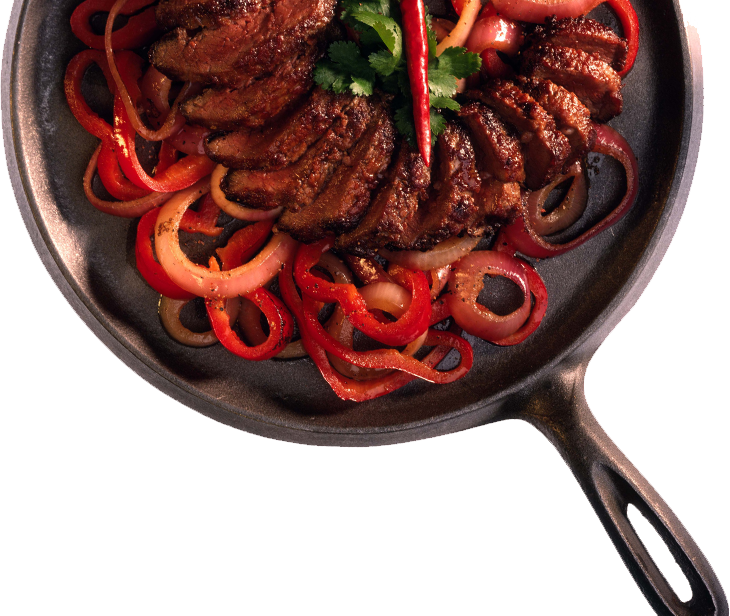Bakers today offer customers a medley of fresh, unprocessed and delicious pastries, from breads and cakes to biscuits, muffins and pizza crusts. These experts know one key to their success is having a reliable commercial mixer that creates the highest-quality product possible. What they may not know is that choosing the right mixer is even more important—it’s as significant as selecting the perfect ingredients for the recipes themselves.
A baker’s commercial mixer must completely fit his or her unique kitchen needs. Once this happens, he or she will often see a notable boost in productivity, an increase in efficiency and less money spent on maintenance, repairs and other expenses that could, over time, drive customers away and have a negative impact on their business’ bottom line.
Before investing in a mixer, bakers should think about the different kinds of foods they plan to create most often. What kind of dough or batter do most of their recipes require, and how thick is its consistency? Will they be making specialty breads, muffins, cookies — or all the above?
The volume and weight of ingredients is key to choosing the right mixer and the size required.
Bakers should ask themselves: “What are the chances I will eventually decide to use this mixer to prepare something other than dough?” Will it ever be used for vegetables, sauces or spreads? There is a lot to consider before making the investment. Buy for what you intend to grow into.
As most bakers know, the two most common types of commercial mixers are planetary and spiral mixers. However, they may not fully understand the differences between them — and there are many.
To decide which one is best suited for the productivity of their kitchens and businesses, bakers must have a strong grasp on the different features planetary and spiral mixers offer. In general, a planetary mixer is ideal when versatility of use and robust kneading are desired. A spiral mixer, on the other hand, is the best option when mixing artisan and airier dough.
Below is a closer look at both types of mixers.
Planetary Mixers
Planetary mixers offer plenty of options for bakers who want to prepare different kinds of foods at a high volume. While planetary mixers are great for blending cookie ingredients and kneading heavy dough, they also can be used to slice vegetables (with the addition of an appropriate attachment), chop meat, grate cheese, make batter and whip light meringues, offering bakers more options. Such versatility can allow bakers to experiment a little by offering their customers choices other than traditional baked goods, such as cookies and bread.
Planetary mixers need the proper attachments and agitators for optimal performance. Whips, beaters, dough hooks, mixing paddles, whisks and pastry knives are common kinds of agitators used for bowl mixing. Slicers, graters, shredders and meat choppers are also common hub attachments for some planetary mixers; these attachments extend the capabilities of the mixer beyond just mixing.
All planetary mixers have one motor and a non-rotating bowl. Planetary mixers are sized by the volume of the ingredients they can hold in their bowls, and their capacities can range from five to 140 quarts, adding to the flexibility these mixers offer.
Smaller planetary mixers can be placed on a countertop, while larger planetary mixers are floor standing. Because of that, planetary mixers are an excellent choice for general purpose kitchens, bakeries and pizzerias. They are currently the most commonly-used commercial mixer on the market.
Spiral Mixers
Spiral mixers are placed on the kitchen floor, so space should always be taken into consideration prior to investing in one. They are typically best suited for kitchens and bakers that most often create artisan breads, bagels and pizza.
Spiral mixers ensure proper dough consistency and well-blended ingredients because they rotate the bowl in both directions. When producing a consistently high-quality dough is a priority, spiral mixers tend to be the best option. They can also produce much smaller batches than planetary mixers.
Spiral mixers are best suited for mixing bread, because they keep the dough at a lower temperature given how the mixer bowl rotates as the spiral hook spins to knead the dough. This ensures the dough does not overheat or ferment too quickly, which affects how the yeast activates. Temperature control is especially important when preparing artisanal breads, because they need to ferment at a slow pace to come out perfectly.
Spiral mixers use one motor to rotate the bowl and another motor to rotate the spiral arm. The mixers operate with a pulley system, so they are quieter than planetary mixers. The dual bowl rotation also makes the mixer easier and faster to clean after a long day in the kitchen, as all a baker must do is reverse the bowl to clean the dough off the hook.
Most spiral mixers easily blend flour and water to a perfect consistency. This is extremely important because many specialty breads need a water absorption ratio of 80 percent to 90 percent. A higher water absorption ratio produces bread that is easier to digest. It also saves bakers money on bread production, since more water and less flour is used to create the same amount of dough; it becomes lighter and more airy.
Summary
Bakers should evaluate their current kitchen space, mixing needs and production volume as well as consider any projected future increases when selecting a mixer.
In some cases, bakers may want to consider adding both planetary mixers and spiral mixers to their kitchen equipment inventory. Bakeries that are especially busy and produce large amounts of goods could benefit from having both kinds on hand. In addition, bakers who might want to try offering different types of foods in addition to specialty breads and baked goods may also want to use both a planetary mixer and a spiral mixer in their day-to-day production.
About the Author
.jpg?width=67&height=67&name=Bilger%20Carolyn%201%201x1-2_%20(002).jpg) Carolyn Bilger is the marketing director for Hobart – Food Preparation Products. She has been with Hobart since 2015 and sets the strategy for marketing and new product development for the full line of Hobart food preparation equipment. See all her blogs here.
Carolyn Bilger is the marketing director for Hobart – Food Preparation Products. She has been with Hobart since 2015 and sets the strategy for marketing and new product development for the full line of Hobart food preparation equipment. See all her blogs here.


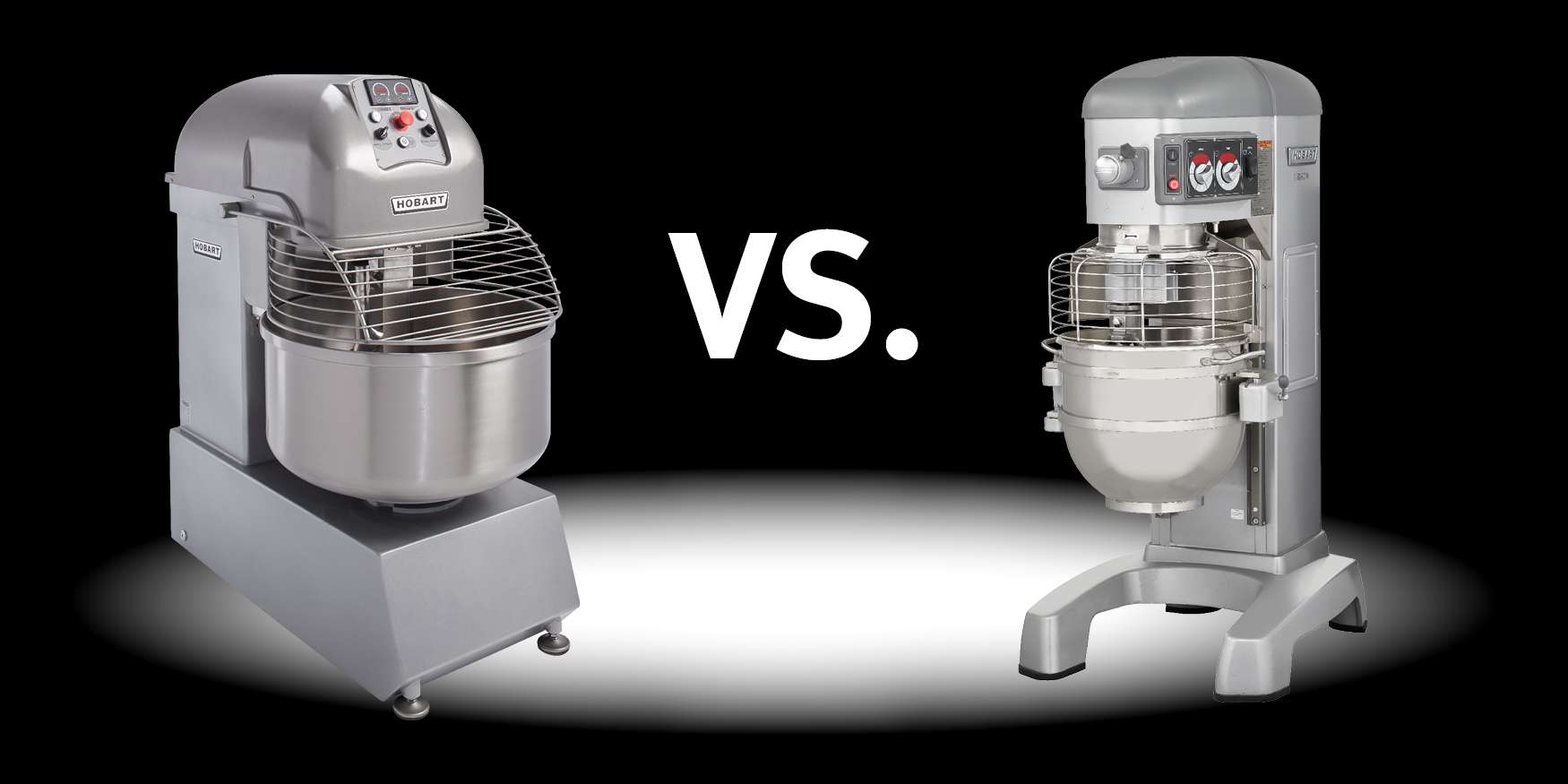

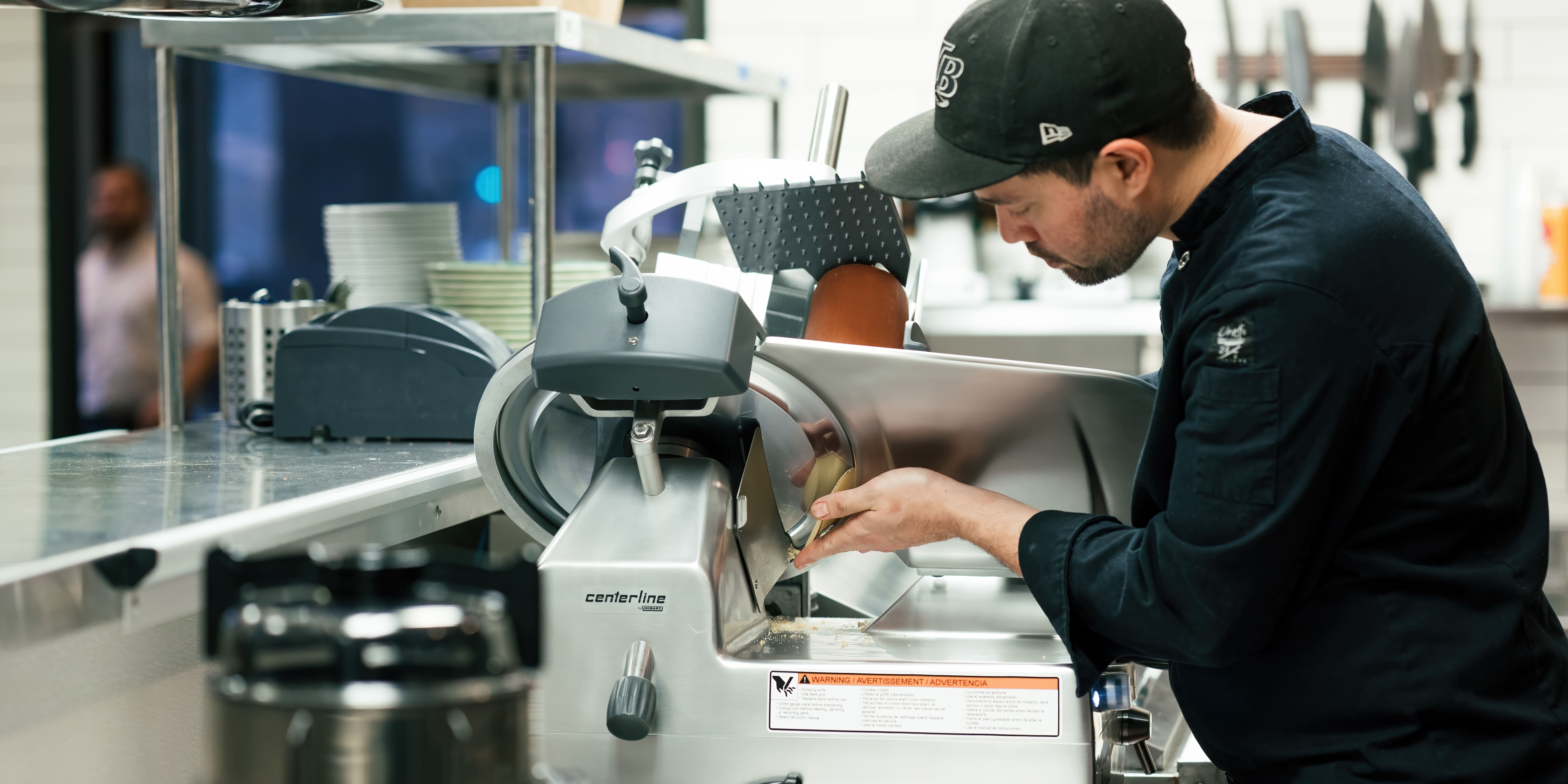
-min.jpg)
